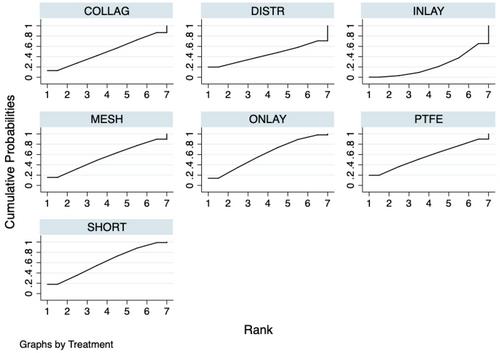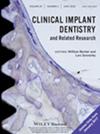The influence of vertical ridge augmentation techniques on peri-implant bone loss: A systematic review and meta-analysis
Abstract
Introduction
The primary aim of this systematic review was to investigate and compare the outcomes of different vertical ridge augmentation (VRA) techniques in relation to peri-implant bone loss (PBL), after at least 12 months of functional loading.
Material and methods
The search was conducted to find all the studies about VRA and measurements of PBL with at least 12 months follow-up. Three pairwise meta-analysis (MA) was performed to completely evaluate the outcomes.
Results
A total of 42 studies were included, of which 11 were randomized clinical trials (RCTs). RCTs were available only for guided bone regeneration (GBR), onlay, and inlay techniques. The weighted mean estimate (WME) of PBL value was found to be 1.38 mm (95% confidence interval [95% CI]: 1.10–1.66) after a mean follow-up of 41.0 ± 27.8 months. GBR, Inlay, Onlay, osteodistraction, and SBB represented in weight 32.9%, 30.6%, 25.0%, 7.6%, and 3.9%, respectively; and their WME (95% CI) were 1.06 (0.87–1.26) mm, 1.72 (1.00–2.43) mm, 1.31 (0.87–1.75) mm, 1.81 (0.87–1.75) mm, and 0.66 (0.55–0.77) mm, respectively. Among the secondary outcomes, the analysis was conducted for vertical bone gain, healing complication rate, surgical complication rate, implant survival, and success rate.
Conclusions
The primary findings of the meta-analysis, based on the changes between final and baseline values, showed that the peri-implant bone loss could be influenced by the type of intervention but there is a need to evaluate in RCTs the behavior of the peri-implant bone levels after long-term follow-up for all techniques.


 求助内容:
求助内容: 应助结果提醒方式:
应助结果提醒方式:


